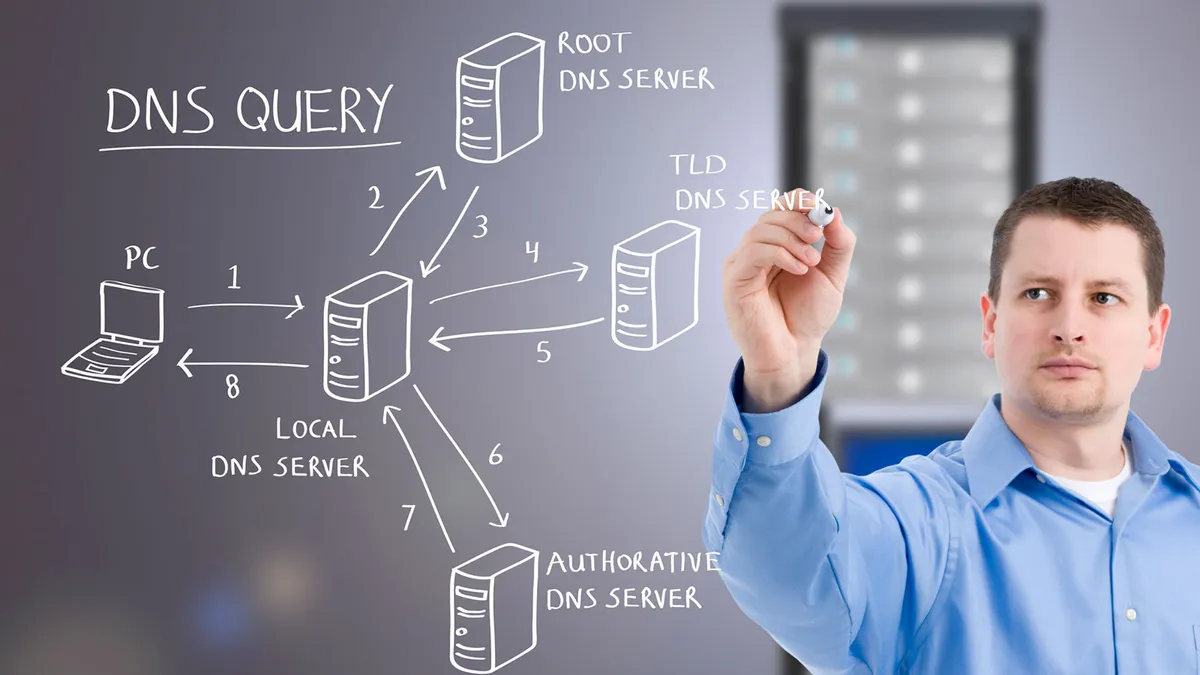A critical part of any Internet solution is the Domain Name System or DNS service. Without it, you will not be able to access any content online or send emails. DNS rootservers guide a computer in finding the required web address when an individual attempts to connect to any online service. Rootservers are a major element of DNS, and this blog attempts to highlight their key information.
What is a Rootserver?
These are a form of name servers that are behind how the Internet and DNS operate. When you opt for a domain name, the first step is to determine the name. A rootserver converts this name into IP addresses. In DNS zones, domains are mapped in a hierarchical manner. Rootservers are situated at the top of this hierarchy and serve the root zone, which is the global list of all high-level domains in generic, country code, and internationalised segments.
How Many Types of Rootserver Are There?
There are primarily two types of rootservers.
- Physical or Dedicated Rootserver: This is a physical server in a specified location called the information or data centre. It can be administered anywhere in the world through the Internet. It can also be accessed at times through a smartphone.
- Virtual Rootserver: This type of rootserver does not have real hardware and is operated virtually. It offers the same functions as a dedicated rootserver. However, due to shared resources and the simultaneous working of multiple servers, it is a more affordable solution.
DNS is in charge of all the things connected across the Internet. The rootserver is the most important part of this system, and its significance is unmatched. As an end user, you might not have thought much about them, but it’s fascinating to know what forms the spine of the entire Internet.

